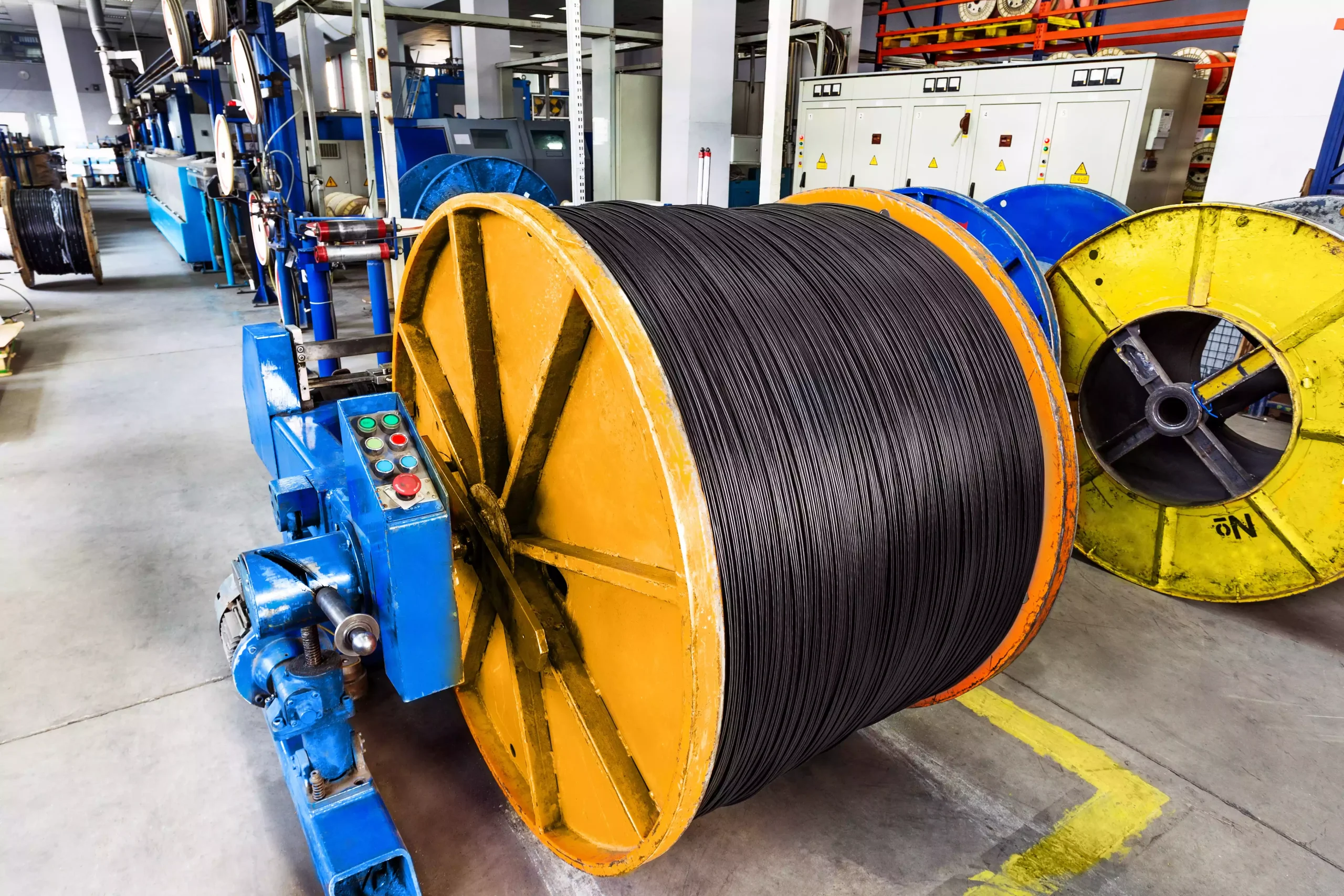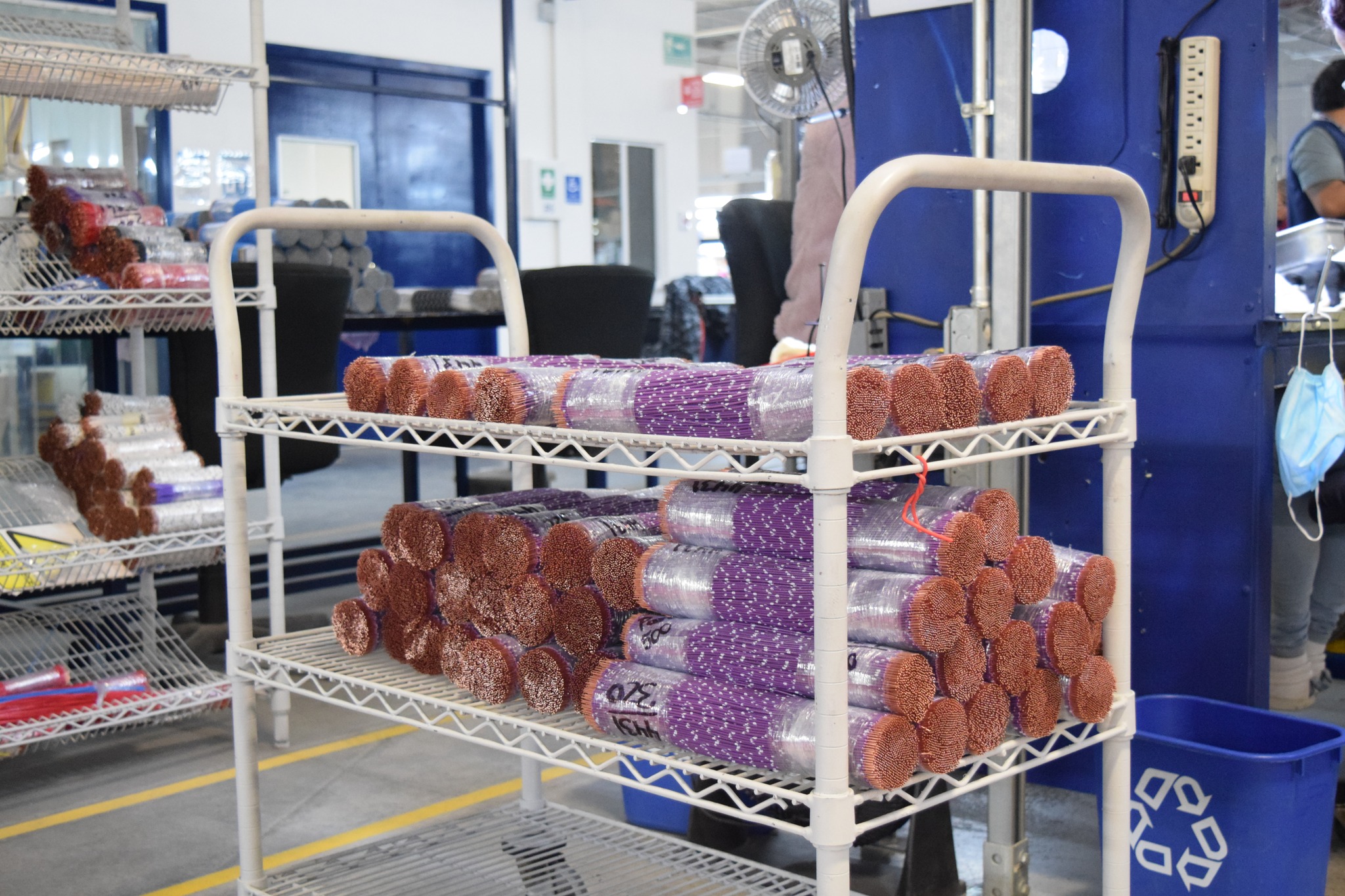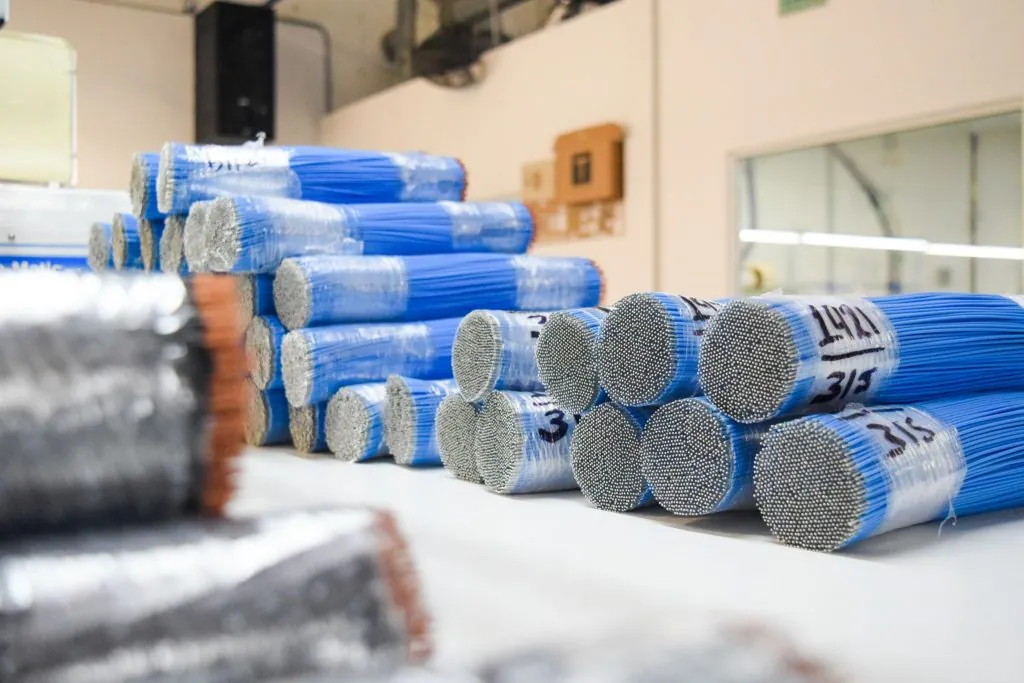
In the dynamic world of manufacturing, while mass production dominates the headlines, an equally powerful strategy is driving innovation: low-volume production. This model goes far beyond simply making less; it’s a strategic approach that prioritizes agility, customization, and cost control for a variety of specialized and high-tech products.
What is low-volume production?
Low-volume production is a manufacturing method where relatively small quantities of a product are made, typically ranging from a few dozen to several thousand units. Unlike mass production, which focuses on minimizing per-unit cost through scale, low-volume production is centered on flexibility and the ability to respond quickly to market demand, niche needs, or short product lifecycles.
This model is fundamental for cable harness manufacturing in California, where innovation, technology, and customization are the norm. Companies operating in this sector often need custom connectivity solutions for a variety of clients, from medical technology startups to aerospace giants, where each project has unique specifications that don’t lend themselves to mass production.
Advantages and disadvantages of the model
Like any manufacturing strategy, low-volume production has its pros and cons.
Advantages
- Speed to market: By avoiding the long production times and high initial investment of mass-manufacturing tooling, companies can launch new products much faster to test their market acceptance.
- Flexibility and customization: It’s ideal for products that require frequent modifications or are highly personalized. Production lines can easily be adapted to manufacture different variants or to incorporate design improvements.
- Lower financial risk: The initial investment is considerably lower, which reduces the financial risk of a new product launch. If the product doesn’t work, losses are minimal.
- Rigorous quality control: With smaller volumes, it’s easier to maintain strict quality control and perform detailed inspections on each unit.
Disadvantages
- Higher per-unit cost: By not leveraging economies of scale, the per-unit production cost is higher than in mass production.
- Less automation: While technology has advanced, low-volume production often requires more manual labor and less automation, which can increase operational costs.
- Supply chain complexity: Supply chain management can be more complex, as a variety of components are needed in small quantities.
Why companies use this model
Companies choose low-volume production for a number of strategic reasons that go beyond simple order size:
- Serving niche markets: Many industries, such as aerospace, medical, and defense, operate in niche markets where the demand for a specific product may be limited, but the value of each unit is extremely high.
- Prototyping and proof of concept: It is the natural phase for creating prototypes and validating designs. It allows engineers and designers to refine the product based on real-world tests without a large-scale financial commitment.
- Large-scale customization: It allows companies to offer highly customized or bespoke products, meeting the unique demands of individual customers or customer groups.
- Risk management in new launches: Before investing millions in mass production tools, companies can use low-volume production to assess market viability and real demand.

The low-volume manufacturing process
The low-volume manufacturing process is a multi-step journey focused on precision and control at every stage.
- 1. Design & Engineering: This initial phase is highly collaborative. The product’s design is finalized, and engineers create detailed specifications. For custom parts, this may involve designing and prototyping with specialized software.
- 2. Material Sourcing: Unlike mass production that orders huge quantities, this phase focuses on sourcing small batches of high-quality or specialized materials. This often involves working with a network of niche suppliers.
- 3. Prototyping: A functional prototype is created. This model allows for quick iteration and testing, where the design can be refined based on real-world feedback before committing to a larger run.
- 4. Production & Assembly: This is where the product is built. It often combines advanced technology, such as 3D printing and CNC machining, with skilled manual labor for complex assembly tasks.
- 5. Quality Control & Testing: Each unit undergoes rigorous testing. Since the volume is low, each piece can be carefully inspected and validated to meet the highest standards.
- 6. Finishing & Packaging: In this final step, the product is prepared for the customer. This can include specialized finishing, branding, and protective packaging tailored to the product’s unique requirements.
Where is it the best production option?
Low-volume production is the ideal solution in several manufacturing scenarios:
- Medical equipment: Diagnostic devices, surgical equipment, and patient monitoring systems. The quantities are limited, and quality cannot be compromised.
- Aerospace and defense: Components for aircraft, satellites, or military communication equipment. Volumes are low, but the reliability requirements are the highest in the industry.
- Customization: For products that are highly personalized, like specialized consumer electronics, custom furniture, or unique automotive parts. Low-volume is the only way to meet these specific demands efficiently.
- Bridge Manufacturing: This is used to produce an initial run of a product while mass production tooling is still being prepared. It allows companies to start generating revenue and getting the product to market sooner.
- Product Innovation: It is crucial for testing the market with a new or innovative product. This allows companies to launch and iterate on a product with minimal risk before scaling up.
Technologies that drive low-volume production
Although the model is associated with less automation, technology plays a crucial role in its efficiency:
- 3D printing (Additive manufacturing): Ideal for the rapid creation of prototypes and custom parts, reducing lead times and tooling costs.
- CNC machining: Allows for the creation of metal and plastic parts with high precision and cost-effectively for small batches.
- Collaborative robotics (cobots): Collaborative robots can work alongside human operators, performing repetitive and precise tasks on the assembly line. This increases efficiency and quality without the need for mass automation.
- Manufacturing management systems (MES): These software systems help optimize workflow, inventory, and quality in small production environments.

Types of low-volume production
There are several categories within low-volume manufacturing:
- Rapid prototyping: The creation of a single or very few units to test a concept or design.
- Short-run production: The manufacturing of a limited quantity of products for sale in the market. It is an option to test demand before investing in large-scale production.
Low-volume production is not a compromise but a strategy. It is the backbone of innovation, allowing companies, such as those specializing in cable assembly in California, to offer customized, high-quality solutions with agility, thus meeting the demands of the world’s most demanding and specialized markets.
